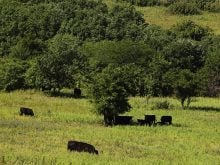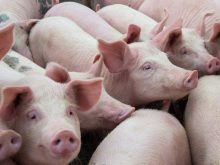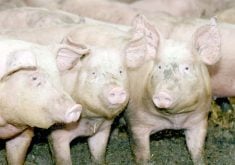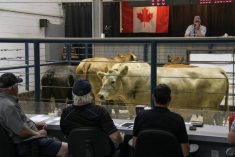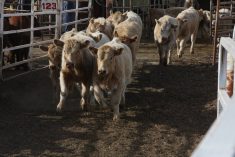In vitro fertilization hasn’t overtaken conventional flushing as a way to quickly improve herd genetics, but it is improving
In vitro fertilization in cattle is becoming more viable for purebred beef producers as knowledge of genetics improves and costs come down.
Several veterinary practitioners in Alberta and British Columbia offer the service, as do many in the United States. As well, there are mobile units that provide IVF on the farm.
Now IVF is available in Saskatchewan via Ranchland Veterinary Services in Carnduff and veterinarian Tyson Buyer.
Purebred breeders have long been familiar with embryo transfer through conventional flushing of females to collect fertilized embryos and transferring those embryos to recipient cows. Flushing can be done every 35 to 45 days.
Read Also
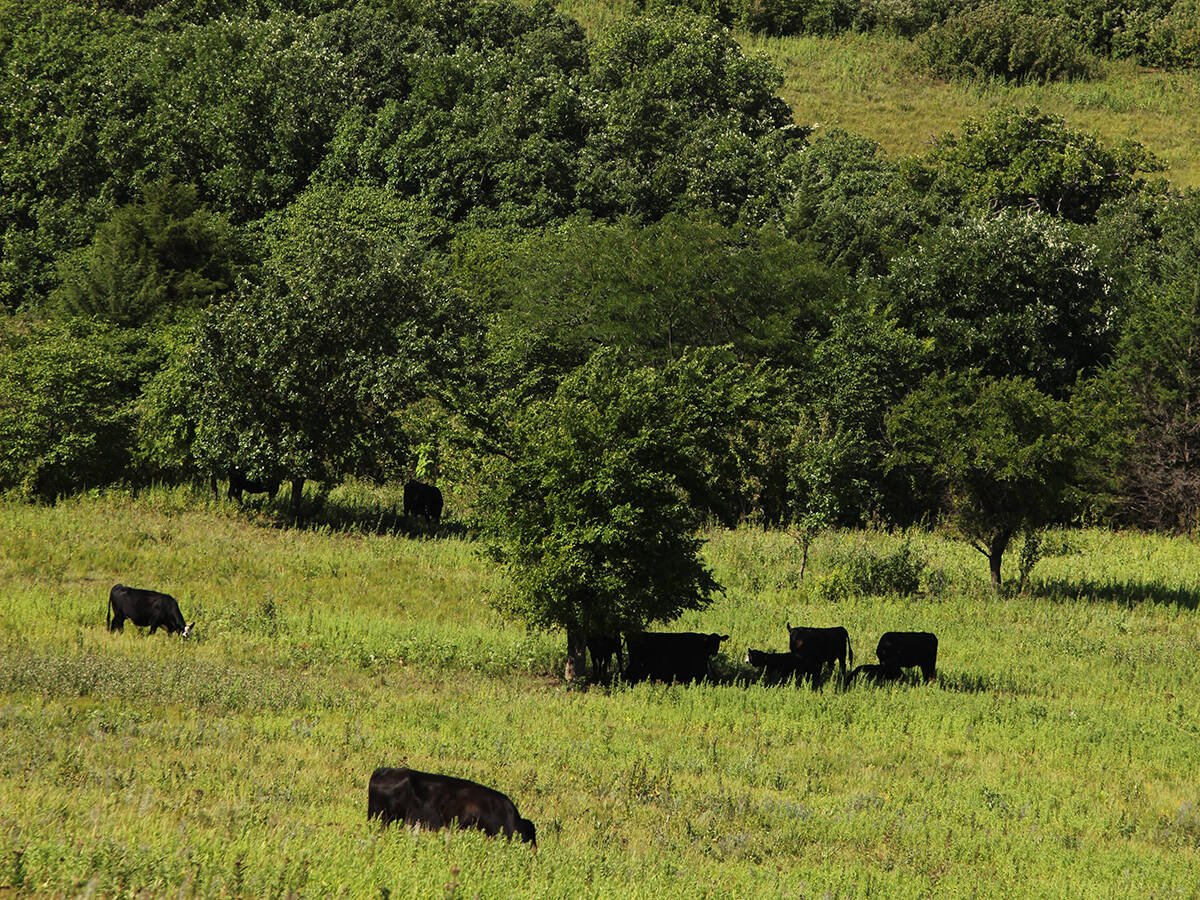
Beef cattle more prone to trace mineral deficiencies
The trace mineral status of our cows and calves is a significant challenge for western Canadian producers and veterinarians.
With IVF, egg collection can be done every 14 days on either open or pregnant females ranging from young heifers to older cows. Fertilization takes place outside the animal.
“When you look at the younger donor animals, the opportunities to advance genetics within a herd is unbelievable,” said Buyer.
“By capturing embryos off a nine-month-old heifer, we can actually improve that genetic interval by two and half times. So for seed stock producers, to be trying to advance genetics and come up with the next hero of a bull or the next top cow, that’s opportunity for these producers to really change the genetics within their herd.”
Michael Latimer, executive director of the Canadian Beef Breeds Council, said IVF hasn’t overtaken conventional flushing as a method of quickly improving herd genetics, but the technology is improving.
Cost and access to the service are the biggest hurdles to greater adoption, he said.
“It’s something that I think will continue to grow. With the advances in genomics, you can test cattle and know what their genetics look like… You can speed up that generational interval. You can move up five years, in cattle, pretty quickly in what would normally take you 10 or 15 years to do.
“But then you run the risk too, if you go in the wrong direction, you’re in that much more trouble.”
Latimer noted technology quickly improved conventional flushing techniques and he expects advances will also occur with IVF.
Buyer said IVF involves four components. Using an ultrasound probe, a long needle attached to a vacuum pump is guided to the ovaries. The pump is then used to collect the oocytes.
“That gives us the advantage that we’re taking the uterus completely out of the equation,” he said.
The oocytes are placed in maturation media for 24 hours. Then semen is added and fertilization occurs. The fertilized eggs are cultured for seven days and then either implanted in a recipient or frozen for later use. Frozen IVF conception rates are slightly lower than rates for frozen embryos from conventional flushing.
Flexibility in time of collection is a big advantage, said Buyer. Eggs can be collected from pregnant animals up to about 120 days of gestation, but also from heifers as young as nine or 10 months with no detrimental effect on their future reproductive performance if done by a skilled technician.
As well, they can be collected from older cows that have been flushed in the past but no longer fertilize embryos well. IVF can be done without need to stimulate ovulation with hormone injections, though that is also an option, and collection of oocytes takes 10 to 15 minutes.
Buyer said IVF costs about 1.5 times more per embryo than those obtained through conventional flushing but his goal is to produce them at a viable price for producers. There are savings to be had in sperm costs, he said, because one straw will fertilize three to four donor eggs. Conventional flushes typically require two straws.
Sexed semen also has better success in IVF than it does via other methods, Buyer added.
He said interest has been strong.
“Right from day one of us starting the business, even with the conventional flushing, I honestly couldn’t have asked for a better place to start a business or more demand for the services that we’re offering within the area.”
He began offering IVF a few months ago as part of his large animal practice. Producers still have to bring their animals to the clinic for the procedure because extraction must be done at 30 C. However, a Saskatchewan location is an advantage for many in terms of travel distance and his schedule has been full.
“My producers have told me that was what was kind of turning them away from doing it,” said Buyer.
However, the advantages in quicker herd improvement are the primary driver for those seeking the service.
“A lot of the breeders, when we’re talking about doing these animals, you have to know your animals and know whether that heifer is going to turn out and be worthwhile in doing.
“But I think that if you look at the EPDs (expected progeny differences) that we have in the beef industry and then as well the genomically enhanced EPDs that they have in the dairy industry, our EPDs are becoming so accurate that you can really start to predict what you’re going to get out of some of these matings.
“For the most part we have a really good idea on how those cattle are going to perform and you can really start targeting and rapidly advancing genetics within your herd.”




